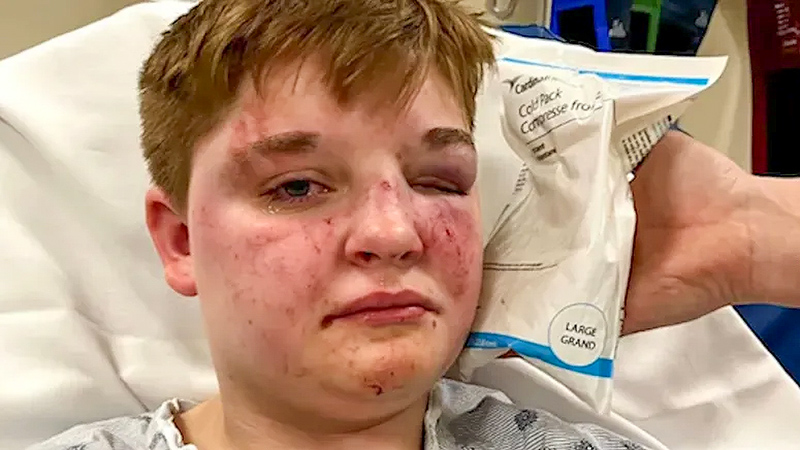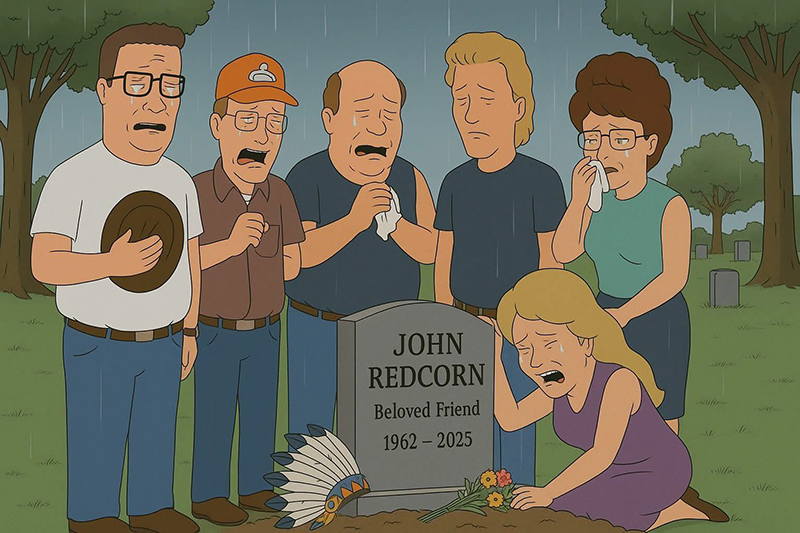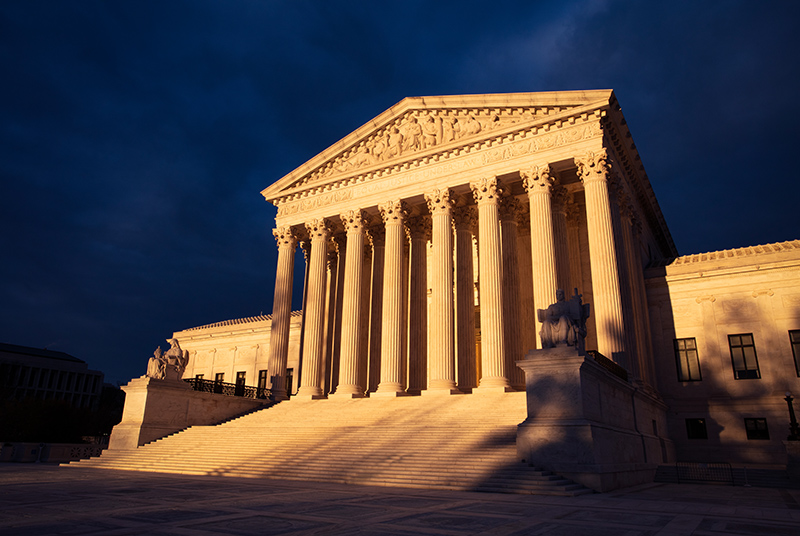Nex Benedict’s Death Ruled a Suicide
An autopsy report shows 16-year-old's death was caused by "combined toxicity" of allergy med Benadryl with the anti-depressant Prozac.

Nex Benedict, the 16-year-old nonbinary student in Oklahoma who died a day after being involved in a violent physical altercation at their high school, died as a result of suicide, according to an autopsy report.
According to a summary report from the Oklahoma Medical Examiner’s Office, Benedict died of “combined toxicity” caused by an interaction between diphenhydramine, also known as Benadryl, an anti-allergy medication, and fluoxetine, a drug used to treat depression that is more commonly known as Prozac.
It remains unclear, based on publicly released information, how much Benedict took of those drugs to trigger a toxic chemical reaction. A spokesperson for the Oklahoma Medical Examiner’s Office was not immediately available for comment.
Reports of the February 7 altercation at Owasso High School, in Owasso, Oklahoma, stirred up anger among equality advocates, who accused school and elected officials of fostering an atmosphere of hostility toward LGBTQ students that led to not only the attack on Benedict, but may have contributed to their death.
The cause of death had remained unclear for weeks. Initially, police claimed that, based on preliminary statements from the medical examiner, there was no evidence to suggest Benedict died as a result of injuries sustained during the fight.
On the day of the fight, after being released from school, Benedict’s family took them to the hospital for a check-up and treatment of any injuries. While at the hospital, Benedict told police they had “blacked out” while being beaten and having their head hit against the floor by a group of three female students in a girl’s restroom.
As shown on released body camera footage, Benedict’s mother initially wanted to pursue charges against the three students, but the officer told her that because Benedict had initiated the fight by pouring water on the other students, they were likely to be the one criminally charged for assault. That assertion by the officer has itself been criticized as inaccurate, with legal experts saying that pouring water on someone does not meet the criteria for “assault” as defined by Oklahoma law.
The Owasso Police Department previously said in a statement that police did not learn about the fight from school officials and that the first report of the attack on Benedict occurred when relatives took them to the hospital later in the day on February 7.
The hospital eventually sent Benedict home, but on the following day, emergency medical technicians were called to Benedict’s home after they collapsed. Benedict was later pronounced dead at the hospital.
A spokesman with the Owasso Police Department told the New York Times that investigators had suspected that Benedict’s death was the result of suicide.
“From the beginning of this investigation, Owasso Police observed many indications that this death was the result of suicide,” Lt. Nick Boatman said in a statement. “However, investigators did not wish to confirm that information without the final results being presented by the Oklahoma Medical Examiner’s Office.”
In the wake of Benedict’s death, LGBTQ activists pointed to several laws restricting transgender rights and visibility in public, claiming that the presence of those laws, and the overall anti-LGBTQ atmosphere fostered by them, were contributing factors to the altercation in the girls’ bathroom.
Among those laws are one that prohibits students from using bathrooms that align with their gender identity, and an executive order that effectively erases transgender existence by requiring schools and state agencies to deny recognition of a transgender person’s gender identity.
However, it has not been proven that Benedict’s gender identity was a factor in the attack. According to the video footage of the police interview with Benedict, the teen said that they and another transgender friend were being mocked for the way they dressed and laughed at by the girls in question. Benedict then poured water on them, prompting the girls to retaliate.
Benedict’s mother told police that Nex took medication at night to treat anxiety and “mood swings” but had not taken any on the day of the fight. When asked whether Nex took illicit drugs, their mother said no but noted that Nex “has vaped.”
Margaret Coates, the superintendent for Owasso Public Schools, acknowledged the cause of Benedict’s death in a statement, encouraging students struggling with the news to seek school counseling.
“The loss of Nex, a member of the Ram Family and the Owasso community, is devastating,” Coates wrote in a letter to families and educators obtained by NBC News. “We understand that the information released today may bring up additional thoughts, feelings and emotions for students and staff members.”
Some Owasso High School students organized a walkout on February 26 to protest what they claimed is an atmosphere at the school in which bullying is condoned. One of the organizers, a nonbinary student named Kane, said that despite rumors that Benedict had committed suicide, they believe the true cause was the bullying and harassment, especially of LGBTQ students, which often went unpunished.
“There’s been bullying issues,” Kane told NBC News ahead of the walkout. “This time, the bullying has gone so far that a student has passed.
“To me, it doesn’t matter if Nex passed from a traumatic brain injury or if they passed from suicide. What matters is the fact that they died after getting bullied, and that is the story for so many other students. I’ve been close to ending it myself because of bullying. It’s not new for so many students.”
Support Metro Weekly’s Journalism
These are challenging times for news organizations. And yet it’s crucial we stay active and provide vital resources and information to both our local readers and the world. So won’t you please take a moment and consider supporting Metro Weekly with a membership? For as little as $5 a month, you can help ensure Metro Weekly magazine and MetroWeekly.com remain free, viable resources as we provide the best, most diverse, culturally-resonant LGBTQ coverage in both the D.C. region and around the world. Memberships come with exclusive perks and discounts, your own personal digital delivery of each week’s magazine (and an archive), access to our Member's Lounge when it launches this fall, and exclusive members-only items like Metro Weekly Membership Mugs and Tote Bags! Check out all our membership levels here and please join us today!






























You must be logged in to post a comment.